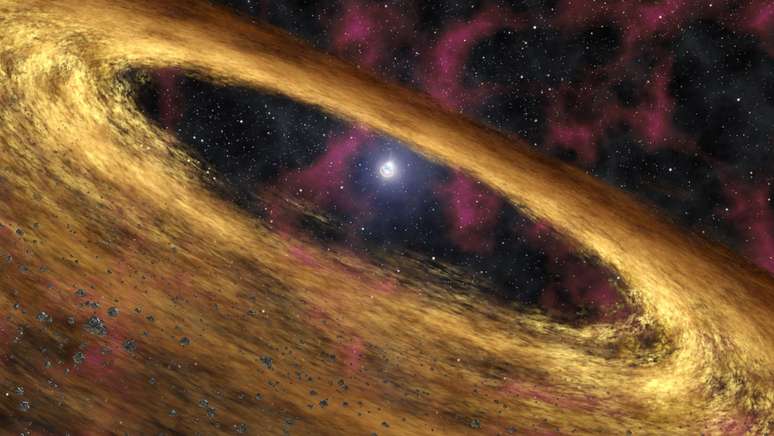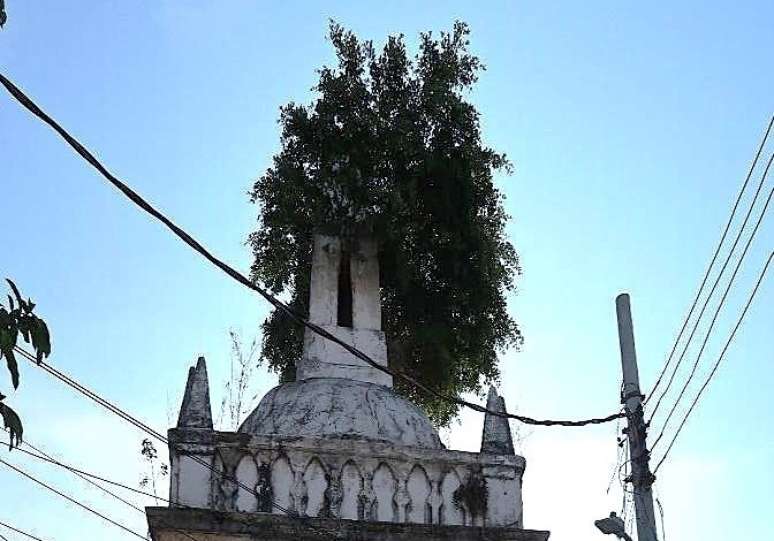New map of winds in neutron star accretion disks could help uncover role of X-ray binaries in galaxy evolution
Scientists have mapped wind gusts in the accretion disk around Hercules X-1, a binary system formed by a neutron star devouring a Sun-like companion star. The two-dimensional map will help understand how these winds are emitted and how they help shape galaxies.
Just like the black holes, neutron stars feeding on surrounding matter form an accretion disk around themselves. That is, before this matter is engulfed, it rotates around the neutron star at amazing speeds and generates a cosmic wind.
These winds don’t work the same way as the winds we experience here on Earth, caused by the movement of air in the atmosphere. On the Sun, for example, winds are the result of explosions and mass ejections that propel charged particles into space.
Accretion disk winds also follow a similar principle, but are formed by other mechanisms, not yet fully understood by scientists. Despite this, they are most often found in these binary systems of black holes or neutron stars feeding on a companion star.
However, observing the winds on these objects is a difficult task because the accretion disks on them are usually flat. “We can only probe the properties of the wind at a single point and are completely blind to everything around that point,” explained Peter Kosec, lead author of the study.

Fortunately, Kosec’s team has found a different accretion disk: The accretion disk of the Hercules X-1 system — a neutron star that feeds on matter from a Sun-like star — oscillates every 35 days. Thus, winds from various points on the disk cross the scientists’ line of sight at different heights above the disk.
With a 2D map of the disk’s winds, the scientists were able to glimpse some details that could not be observed in a flat disk. They saw the line on the record moving up and down as it wobbled and spun (like a warped vinyl record), and wind marks at different heights relative to the record.
By measuring the X-ray emissions from the disk, the researchers were able to measure properties such as temperature and wind density at various altitudes relative to the disk. Furthermore, they found that the winds become increasingly cold, weak and “grainy” as they move away from the disk.
Now, the team intends to compare their observations with theoretical simulations of different mechanisms that may explain the formation of winds from these disks. The one that best matches these observations will get this observational evidence in its favor.
However, the matter will not be closed yet. Much work remains to be done in researching more systems with warped disks to confirm whether observations are the rule or the exception. It will help understand how these winds help shape the galaxies that host their neutron stars.
Source: MIT extension
Trending on Canaltech:
- Who are app drivers and couriers in Brazil and how much do they earn?
- Dark matter distorts ancient light from the Big Bang and confirms Einstein’s theory
- 7 jokes that have aged badly on friends
- 5 new features of the Windows 11 April Update, now available for download
- The AstraZeneca vaccine against covid-19 has suspended production in Brazil
- Hunger Success Review | The film brings a good social analysis albeit with errors
Source: Terra
Rose James is a Gossipify movie and series reviewer known for her in-depth analysis and unique perspective on the latest releases. With a background in film studies, she provides engaging and informative reviews, and keeps readers up to date with industry trends and emerging talents.



![Such an excellent sun in advance: Summing the episode on Monday, September 1, September 1, 2025 [SPOILERS] Such an excellent sun in advance: Summing the episode on Monday, September 1, September 1, 2025 [SPOILERS]](https://fr.web.img2.acsta.net/img/8b/8f/8b8fe0519310afc94d57a87ebe045292.jpg)



